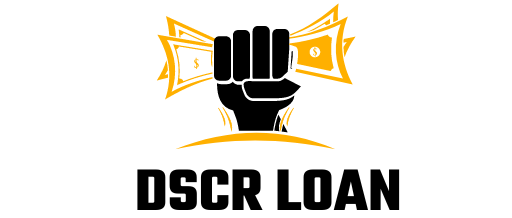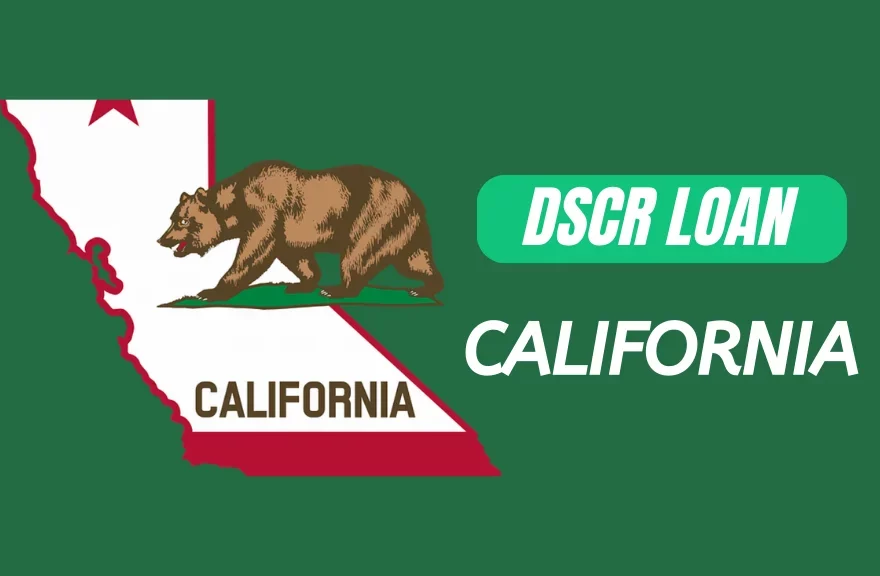California, known for its diverse real estate market and thriving economy, offers numerous opportunities for real estate investments. Whether you are interested in commercial properties, multi-unit residential buildings, or other income-producing assets, understanding DSCR loan California can help you navigate the financing process effectively.
What is a DSCR loan in California?
A DSCR loan in California is a type of financing, particularly used in real estate, where lenders evaluate the borrower’s ability to cover loan payments by considering the property’s income versus its debt obligations using the Debt-Service Coverage Ratio.
DSCR loans in California are commonly used for commercial real estate, including multifamily properties, office buildings, retail spaces, and other income-generating properties.
These loans are structured based on the property’s income potential, with the DSCR ratio a key factor in determining the loan amount and terms.
Understanding DSCR Loan in California
If you’re considering purchasing investment properties in California, DSCR loans can be an ideal option. However, it’s important to note that different financial institutions may calculate the ratio differently. A DSCR ratio of 1.5 is considered excellent, 1.2 is more typical, and 1.0 indicates that your rental properties generate the same income as the loan expenses.
Lenders prioritize profitability and want to ensure that your properties generate sufficient income before approving your loan.
Requirements for DSCR Loan California
If you’re considering a DSCR loan in California, it’s important to understand how it compares to loans offered in other states. One significant difference is the high property values in California, which result in correspondingly high rental rates.
So many people asked about what are the DSCR loans in California requirements. With DSCR loans, you don’t need to provide tax returns, pay stubs, or W-2s if you have a strong DSCR. A minimum credit score is required, but a higher DSCR increases your chances of loan qualification. This simplicity benefits borrowers and creates opportunities for investors.
So, having a strong DSCR ratio makes it easy to qualify for a loan in California, just like anywhere else. With the potential income from high-priced rental properties, you can even have the opportunity to purchase a second home in another state.
Interest rates of DSCR loan in California
Interest rates for DSCR (Debt-Service Coverage Ratio) loans in California can vary based on several factors, including the current market conditions, the specific lender, the borrower’s creditworthiness, the property type, loan term, and the prevailing economic environment.
The average interest rates for DSCR loans in California typically range between 8.12% and 9.13%, assuming a 25% down payment and a DSCR of 1.1, with potential prepayment penalties. However, individual rates can vary based on multiple factors such as the borrower’s financial profile, property type, specific lender terms, and market conditions.
Minimum DSCR loan rates required in California
In California lenders usually prefer a Debt-Service Coverage Ratio (DSCR) of 1.2 to 1.25 for loans. This ratio ensures the property’s income covers debt payments, but actual requirements vary by lender and property type. Borrowers should aim for a DSCR above 1.2 to improve their loan eligibility and terms.
How to calculate DSCR loan in California?
The Debt-Service Coverage Ratio (DSCR) for a loan in California is calculated by dividing the property’s Net Operating Income (NOI) by its Total Debt Service. For instance, if a property generates $100,000 in annual NOI and has total annual debt payments (including principal and interest) of $80,000, the DSCR would be 1.25 ($100,000 / $80,000), indicating that the property’s income covers the debt by 1.25 times.
Lenders generally prefer a DSCR above 1.2, as it signifies a healthy income-to-debt ratio, increasing the likelihood of loan approval for potential borrowers in California’s real estate market.
Advantages of California’s DSCR Loans
A California DSCR loan can be a great option if you’re unable to secure a loan for another rental property. These loans offer advantages over traditional home loans and are particularly beneficial for real estate investors, especially those interested in investing in multiple properties. The flexibility of DSCR loans makes them an excellent choice in the California market.
Below are some well-known benefits if you want to apply for DSCR loans in California:
- You are not required to provide documentation of your past employment or income.
- Closing time may b faster than before
- DSCR loans are appropriate for both inexperienced and seasoned investors.
- Long- and short-term rentals are also eligible for these loans.
- Cash Out loans are exempt from the requirement for reserves, although other loans do.
- Loans available up to $5,000,000
Other Essential Information About California DSCR Loan
If you want to consider a DSCR mortgage in California, it’s important to note that different lenders have different calculation methods. Typically, it involves dividing PITIA (monthly principal, DSCR loan interest rates, taxes, insurance, and association dues) by the gross monthly rent.
A ratio above 1.5 is considered excellent, while 1.2 is also considered good. A ratio of 1.0 indicates that the rental income covers the monthly property payments.
To ensure that your rental property is self-sustaining, lenders typically prefer a certain level of DSCR. However, even if you don’t meet those criteria, contacting LBC Mortgage can provide you with alternative financing options. LBC Mortgage works with specialized lenders offering California DSCR loans and other forms of financing.
How to apply for a DSCR loan in California?
Applying for a Debt-Service Coverage Ratio (DSCR) loan in California involves the following steps:
Assess Eligibility: Determine your property’s income potential and ensure it meets the lender’s criteria for DSCR loans. Verify your financial capability to cover the down payment and associated costs.
Choose Lenders: Research and select lending institutions in California that offer DSCR loans. Compare their terms, rates, and requirements.
Complete Loan Application: Submit the loan application, providing detailed property information, financial statements, and documentation as requested by the lender.
Undergo Evaluation: Lenders will review the property’s income, conduct a credit check, and appraise the property. They’ll assess the Debt-Service Coverage Ratio and other financial indicators.
Negotiate Terms and Close: If approved, negotiate the terms and conditions of the loan. Once agreed upon, finalize the process by signing the loan documents and closing the loan.
Sum Up
Hopefully, people who live in California will clear their confusion about DSCR loans. DSCR loans are well-suited for self-employed investors and those with extensive portfolios. These loans offer a streamlined approval process and favorable terms tailored to the needs of real estate investors.
DSCR is calculated by dividing the monthly rental income by the property’s monthly expenses. It helps lenders assess a borrower’s loan repayment ability. A DSCR of 1.2 or higher indicates positive cash flow, and many lenders have a minimum DSCR requirement of 1.2.
FAQ’s
What type of documentation is required for refinancing the DSCR program?
When refinancing or opting for a cash-out refinance, providing rental lease agreements for the property is essential to determine your income. You won’t need to submit tax returns, W2s, or pay stubs. Additionally, the usual documents like mortgage statement, homeowner’s insurance declaration page, and, if applicable, homeowner’s association statement will be required.
What qualification is required to purchase a DSCR loan?
Under the DSCR program, aside from the mandatory 20% down payment for a purchase transaction, you can qualify for the loan based on projected rent payments from the appraisal’s rental survey. This means you can use the anticipated rental income as income, even if the property is not currently rented.
Is there any risk of getting a DSCR loan?
DSCR loans carry less risk compared to other business loans because they are repaid using business cash flow.
How can I boost my DSCR?
To improve your DSCR, you can increase revenue, reduce expenses, optimize working capital utilization, consider refinancing for better terms, or extend the repayment period.
Related Articles:

Introducing Emily Parker, a seasoned professional with over 5 years of expertise in DSCR loans. With her extensive knowledge and experience in the field, Varsha has consistently demonstrated a deep understanding of DSCR loan intricacies and a proven track record of delivering successful outcomes for her clients.


